What if a simple creative activity could support your mental health? You might be surprised by how coloring, often associated with childhood, can have profound benefits for your well-being as an adult. Let’s dive into the world of mental health coloring pages and discover how this art form can offer a unique avenue for self-care.
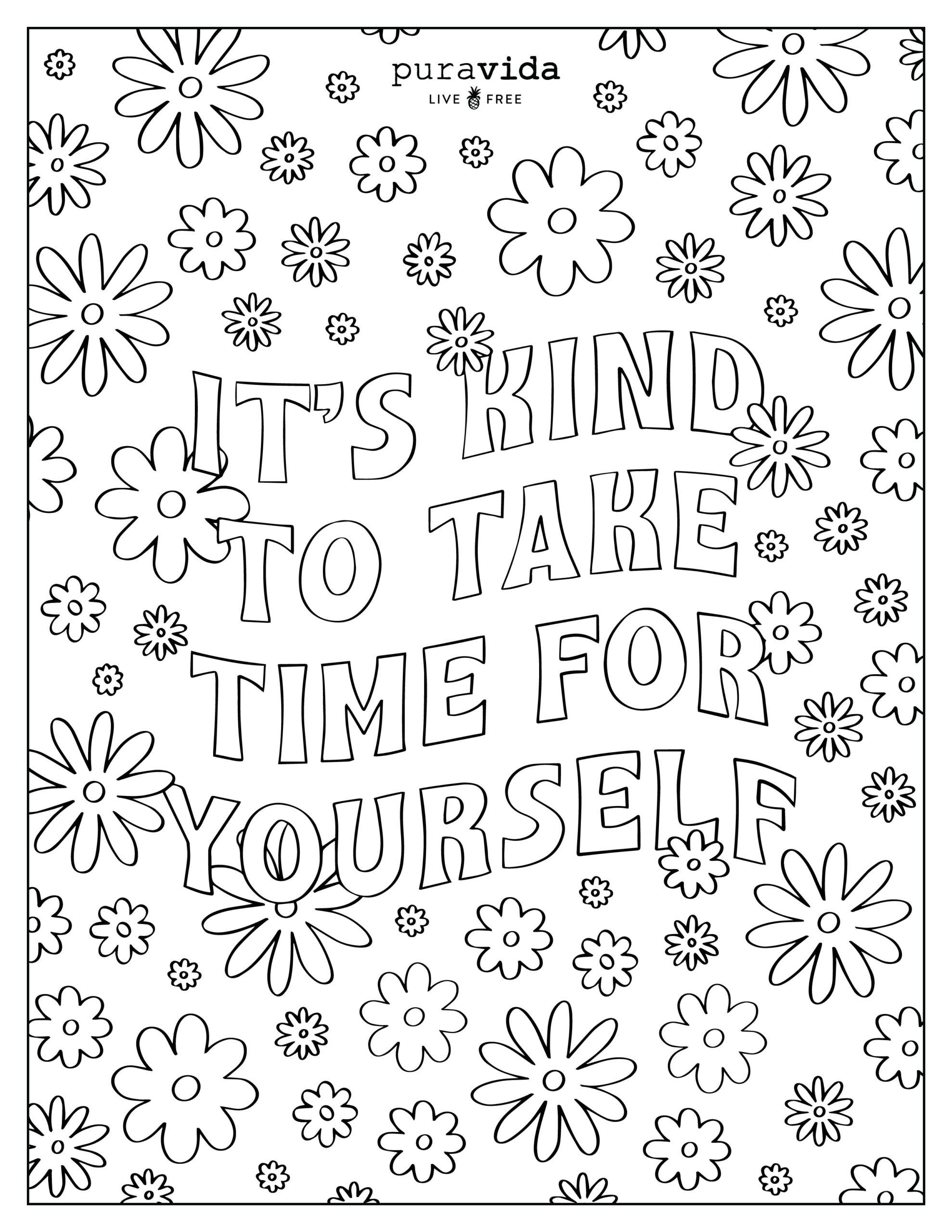
This image is property of cdn.shopify.com.
The Connection Between Art and Mental Health
Art has long been recognized as a powerful emotional outlet. Whether it’s painting, drawing, or, in this case, coloring, engaging in creative activities provides a space for self-expression and reflection. You might find that coloring takes your mind off stressors, inviting a sense of calm and tranquility into your routine.
How Coloring Supports Mental Well-Being
When you engage in coloring, you reassess your internal landscape. It’s like taking time to check in with yourself while focusing on relaxing patterns and vibrant colors. Many find that this activity can help reduce anxiety and promote mindfulness.
| Benefit | Description |
|---|---|
| Reduces Anxiety | Focusing on colors and patterns minimizes anxious thoughts. |
| Enhances Mindfulness | Allows you to stay present in the moment. |
| Encourages Self-Expression | Gives voice to feelings that might be hard to articulate. |
Perhaps you’ve experienced this yourself: as you begin to color, your thoughts slow down, and you’re drawn into a meditative state, which can lead to clarity and insight.
Choosing the Right Coloring Pages
Not all coloring pages are created equal! The right page can make a significant difference in your experience.
Patterns vs. Illustrations
- Patterns: These can be repetitive designs like mandalas or abstract shapes, ideal for promoting relaxation. Keeping your hand busy allows your mind to unwind.
- Illustrations: Scenes from nature, intricate animals, or detailed landscapes can inspire your imagination. Connecting with the subject matter can lead to a deeper emotional release.
When selecting pages, pay attention to how they make you feel. Are they stimulating, calming, or perhaps nostalgic? The right choice can enhance your coloring journey.
The Role of Colors in Your Mood
Colors are not just visually appealing; they can profoundly impact your emotional state.
Warm vs. Cool Colors
- Warm Colors: Reds, oranges, and yellows are often stimulating and energizing. If you’re feeling tired or lethargic, these might help lift your spirits.
- Cool Colors: Blues, greens, and purples promote relaxation and calmness. These are excellent if you’re looking to quiet your mind after a hectic day.
By consciously choosing your colors, you give yourself an opportunity to either energize your spirit or settle your mind.
Getting Started with Coloring
Are you ready to begin your coloring journey? Here’s a simple guide to help you get started.
Materials You’ll Need
You won’t need much to start, but having the right materials can enhance your experience.
| Material | Description |
|---|---|
| Coloring Book | Invest in a book that resonates with you – it could be themed around nature, abstract patterns, or inspirational quotes. |
| Colored Pencils | These offer more precision than markers and are less likely to bleed through coloring pages. |
| Markers | If you prefer bold colors, choose non-toxic markers for an impactful finish. |
| Gel Pens | For intricate designs, gel pens can provide a unique shine and texture. |
Gathering your materials is a way of preparing your mind for the experience ahead.
Setting the Scene
The environment where you color matters. Here are a few tips for creating a space that invites creativity and relaxation:
- Choose a Comfortable Spot: Find a quiet, comfortable nook in your home, perhaps by a window or in a cozy chair.
- Limit Distractions: Consider turning off your phone or playing soft music that enhances your coloring experience.
- Time for Yourself: Dedicate a specific time for your coloring sessions. Treat it as a sacred space for creativity and self-care.
Once you’ve established your space, it’s time to let your creativity flow.
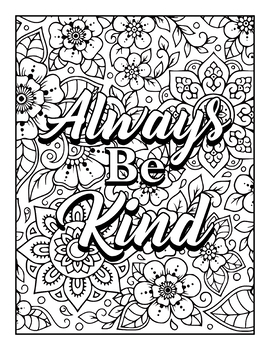
This image is property of ecdn.teacherspayteachers.com.
Techniques to Enhance Your Coloring Experience
Coloring can be more than just filling in shapes. You can use various techniques to elevate your practice.
Blending Colors
Experiment with blending colored pencils to create depth and dimension. Start by laying down lighter shades first, then gradually add darker tones. You may find this technique starts to invoke feelings of accomplishment as your artwork transforms.
Shading
Adding shadows can bring your images to life. Think about where the light is coming from and use a darker color to create depth. These subtle changes in tone can move your coloring from good to stunning.
Mindfulness and Reflection Through Coloring
Incorporating mindfulness into your coloring session can deepen the benefits you gain from this practice.
Being Present
As you color, focus on the sensations in your hand and the vividness of your colors. Allow yourself to breathe deeply and let go of the worries of the day. When your mind drifts to anxious thoughts, gently redirect your focus back to the colors and patterns.
Reflection
After finishing a page, take a moment to reflect on how the process made you feel. Did you feel lighter, or perhaps more focused? Journaling these insights after coloring can be a therapeutic practice, helping to reinforce the benefits you experience.
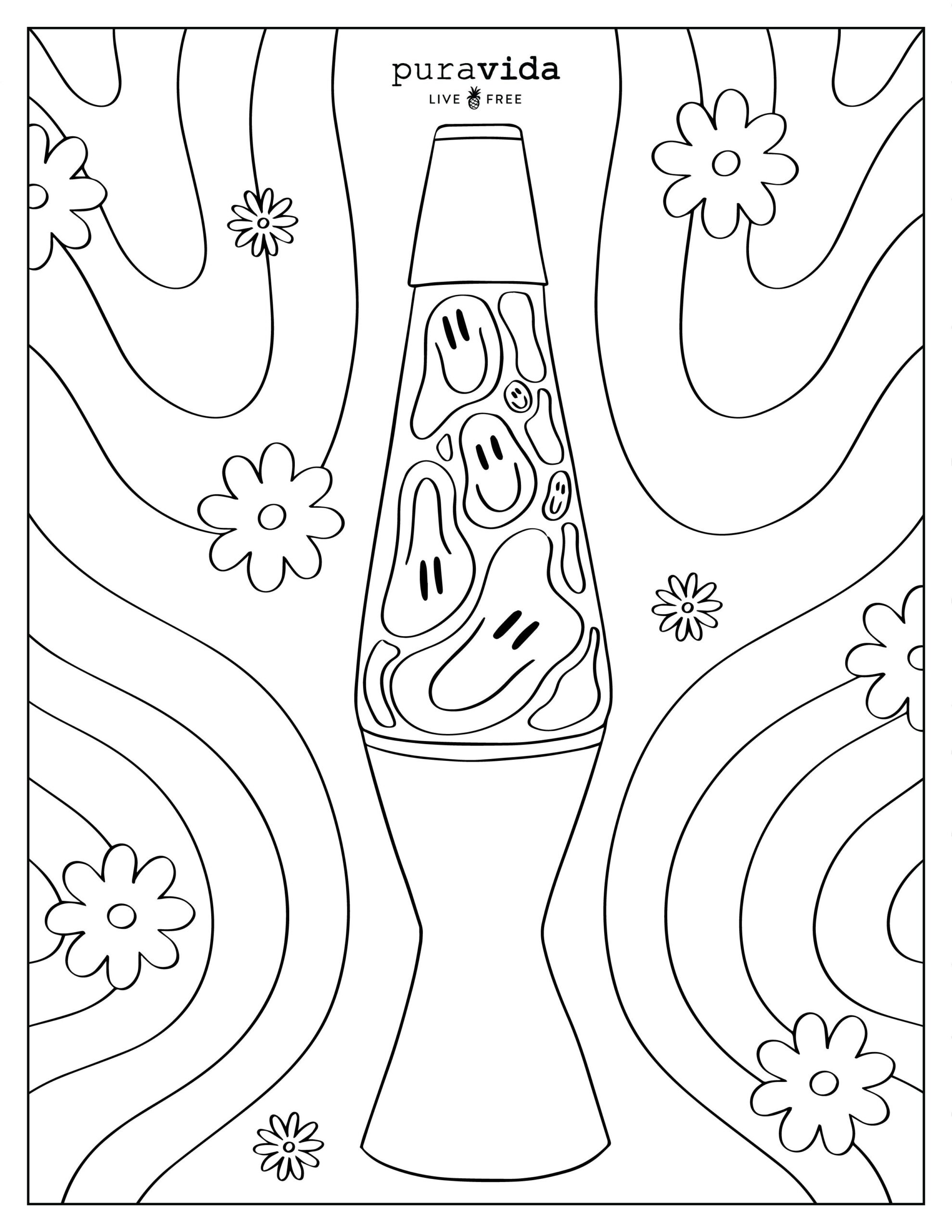
This image is property of i.pinimg.com.
Coloring Together: A Shared Experience
While coloring can be an individual activity, it can also be a social one.
Group Coloring
Consider inviting friends or family for a coloring night. Sharing this experience can lead to laughter, conversation, and mutual support. It also fosters a sense of community and connection, which is vital for mental health.
Coloring Workshops
Many communities offer workshops where participants can bond over art. Look for local classes or online groups to engage with like-minded individuals. The collective energy of the group can inspire creativity while reinforcing social support.
Integrating Coloring Into Your Wellness Routine
How can you make coloring a regular part of your self-care routine?
Scheduling Time
Just as you might set aside time for exercise or meditation, designate a specific time each week for coloring. Whether it’s a Saturday morning ritual or a mid-week pick-me-up, scheduling ensures you prioritize this beneficial practice.
Combining Activities
You might enjoy mixing coloring with other activities that promote wellness. Pair your coloring session with mindful breathing exercises or listen to an inspiring podcast. These combinations can enrich your experience and deepen your self-awareness.
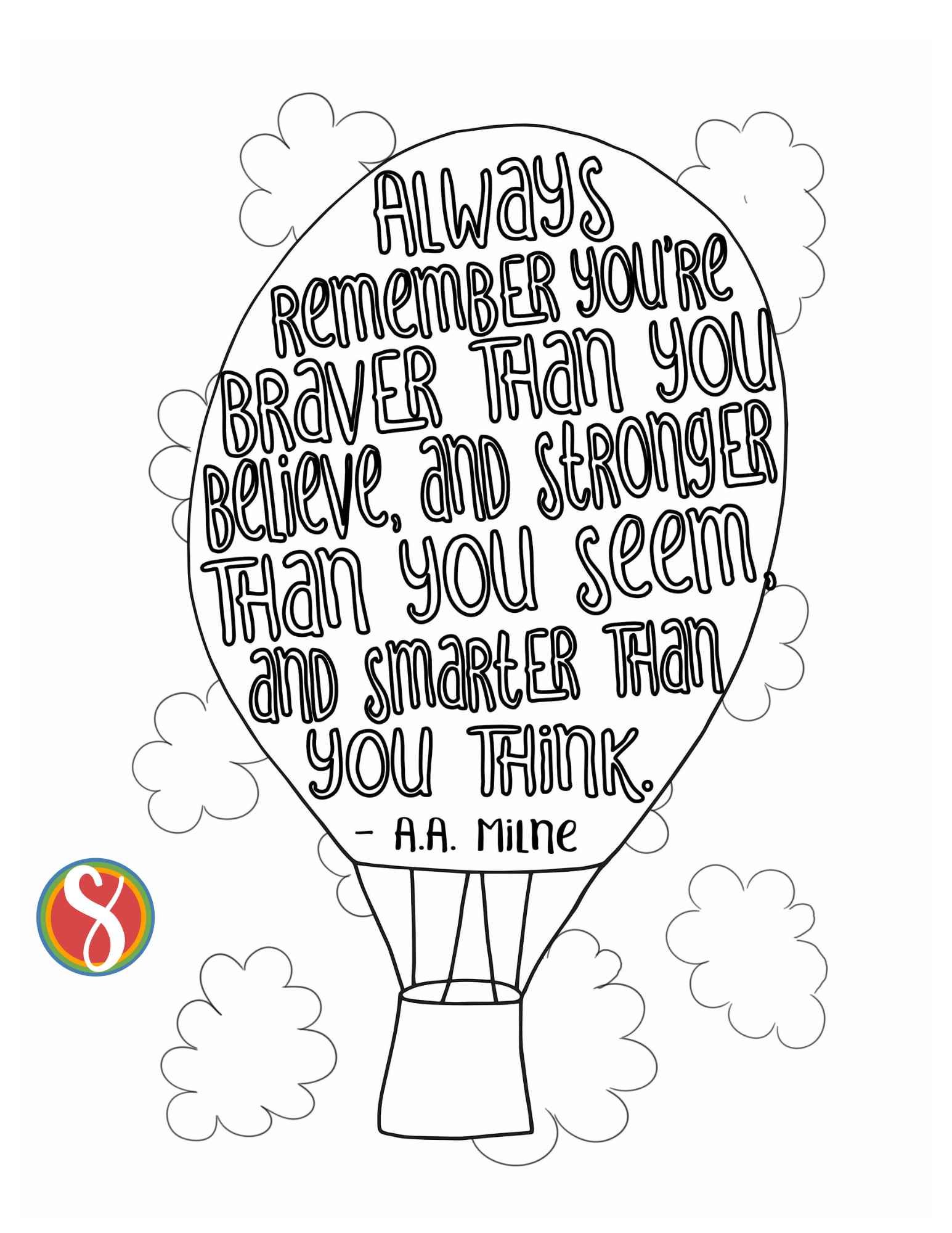
This image is property of images.squarespace-cdn.com.
The Therapeutic Potential of Coloring Pages
Research increasingly supports the therapeutic benefits of creative activities like coloring.
Art Therapy
Art therapy integrates artistic expression into therapist-guided sessions. While coloring doesn’t replace professional help, it can serve as a powerful tool for self-exploration and emotional healing.
Consider using coloring pages as a jumping-off point for discussions about your feelings—after all, the process itself can reveal emotions that you may not have been fully aware of.
Targeted Themes
You can find coloring pages that focus on specific themes such as anxiety relief, affirmations, or even gratitude. Engaging with these themes can help you process your thoughts in a gentle way.
Where to Find Mental Health Coloring Pages
With an abundance of resources available, you can easily access an array of coloring pages tailored for mental health.
Online Resources
Websites often provide free or paid downloadable coloring pages. Look for platforms that specialize in mental health themes. A simple search for “mental health coloring pages” can reveal impressive results.
Local Bookstores
Don’t overlook your local bookstores or crafts shops. Many now stock coloring books geared towards adults, featuring intricate designs with a positive message.
Community Centers
Some community centers and libraries may also offer coloring sessions or have coloring books available for use. This is a wonderful way to engage with your community while indulging in self-care.
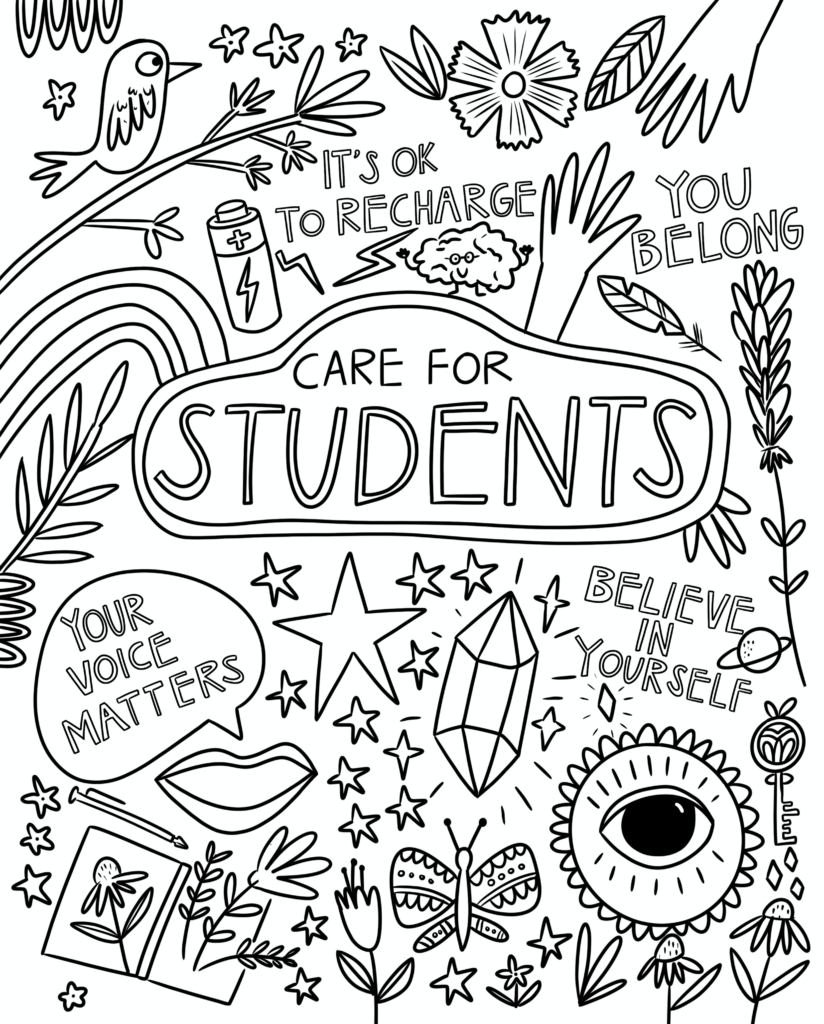
This image is property of scsmh.education.uiowa.edu.
Conclusion
If you’re looking for a simple yet impactful way to support your mental health, consider incorporating coloring into your life. The next time you feel overwhelmed or in need of a creative outlet, reach for those colored pencils and coloring pages. With every stroke of color, you can cultivate mindfulness, reduce anxiety, and express yourself authentically.
Remember, mental health is an ongoing journey, and engaging in enjoyable and relaxing activities, such as coloring, can be an essential part of your self-care routine. So grab your materials, find that perfect space, and let your creativity flourish. You might just find that a little bit of color adds a lot of joy to your life.